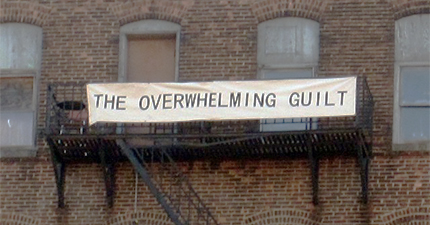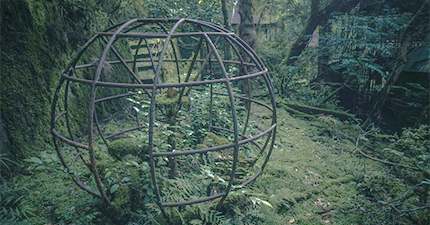Metal is about grief. Metal is the fall which happens to be the season when living things die. Metal comes in the form of axes and knives which are all used for killing. I’m talking about hunting but also about harvesting. In the 五行, metal is the fourth phase. Its job is to control wood which is the only phase that is alive.
This is the fourth article in a series where we will look at some modern and contemporary artists through the lens of Chinese astrology. We’re going to only look at sculptors because materiality is too limited when it comes to painting. Sculptors can use whatever mediums they want. We’re also limited by publicly available birth info. Not all artists have their birth info public so we can only work with artists whose birthdays are known. When we look at these artists, we’re going to take special notice of the day stem because that is the part of the chart that represents the person themselves.
Some aspects of metal? It’s constrained. It’s also condensed. You get metal when you apply a huge amount of pressure to something. That’s why metal is thought of as precise or eliminating. Not only do you refine a material to get metal, you also use metal instruments to weed a field. Metal behaves by slicing or cutting.
Yang metal is a big ax. It’s a weapon. It’s used to hack and to cut. This is no longer earth which just withholds like a wall but metal which is used to break. You can break almost anything down using yang metal. Yang metal is used in airplanes, bombers, cars, tanks, and trains. In old poetry, yang metal is said to contain a killing spirit.
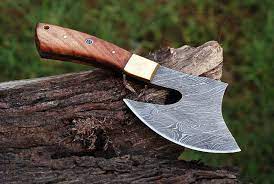
I was able to find a few artists with yang metal day stems. Ai Weiwei’s corrected birthday, which he found after he found his birth certificate and which differs from the birthday most commonly circulated from his passport, shows that his day pillar is a metal tiger. Walid Raad is a metal dog which is the one I’ll use since dog has a little metal (yin metal).
Here is Walid Raad’s bazi chart:
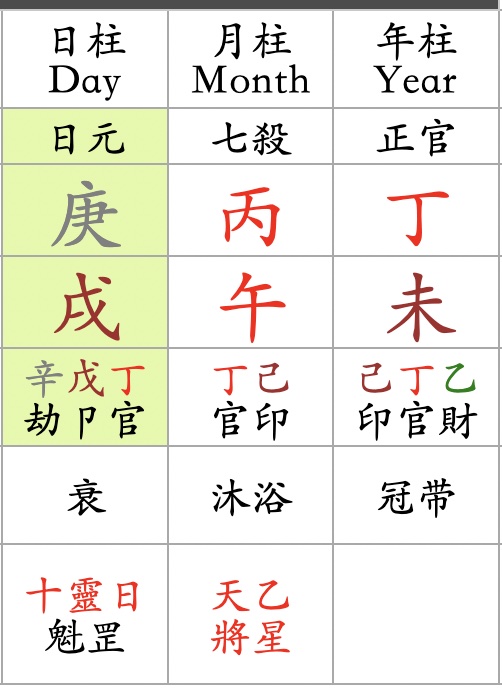
And here are some photos of his work:

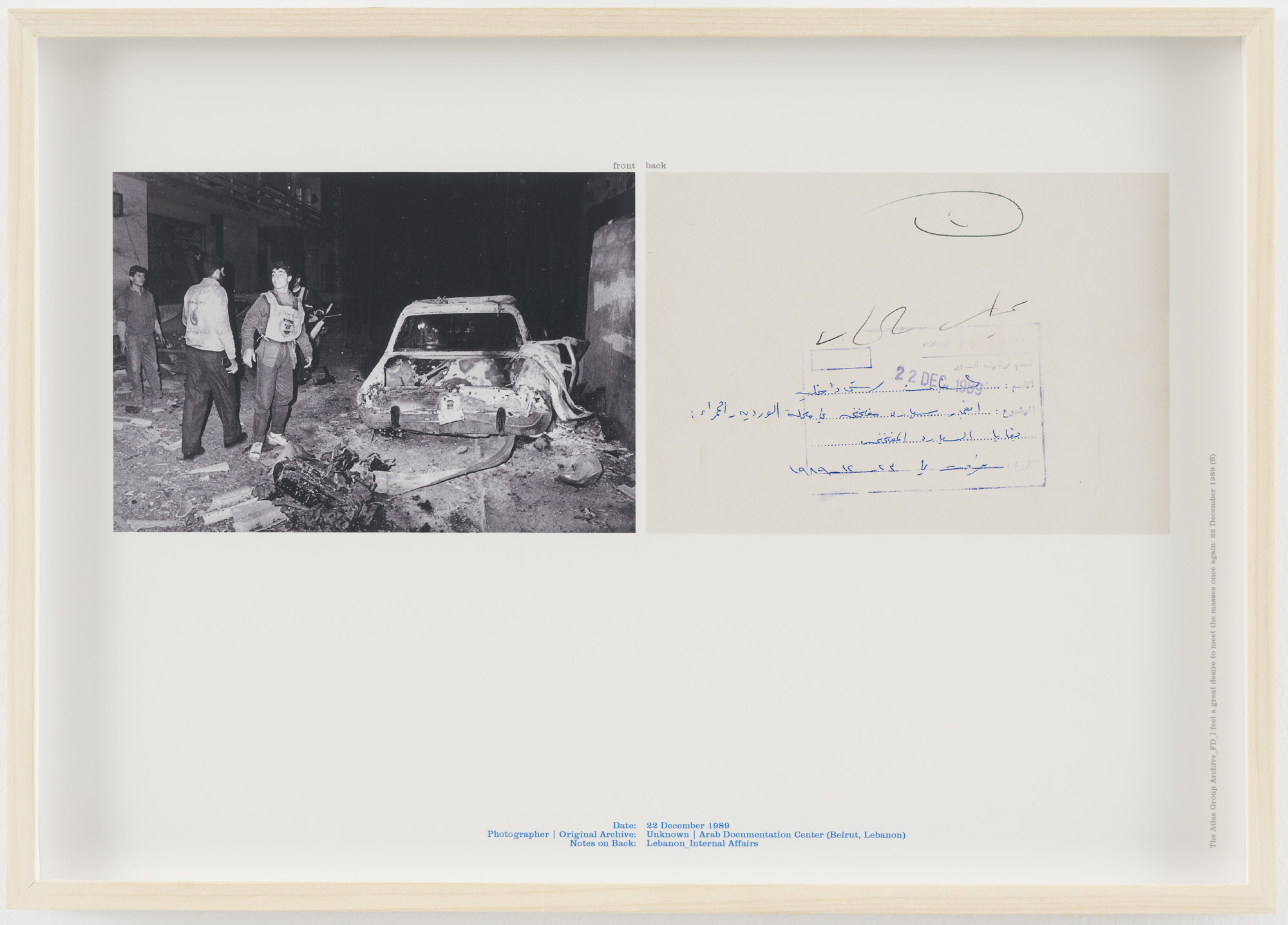
Walid Raad is most famous for The Atlas Group which is a series of documents, stories, and photographs about the Lebanese Civil War. Yang metal in the form of tanks, cars, and weapons are featured prominently in the project but the work isn’t really about the power of weapons but the power of our stories about war. Through the photographs, Raad invites people into the memory erasure, rumors, and censorship that sieges and wars often entail. Instead of providing information, Raad’s documents seem to point out where information was removed.
Another artist with really strong yang metal is Betye Saar. Betye Saar is a yang metal day stem and a monkey day branch. This means that her yang metal is rooted since monkey hour, being the afternoon, is also yang metal. Take a look at Saar’s bazi chart.
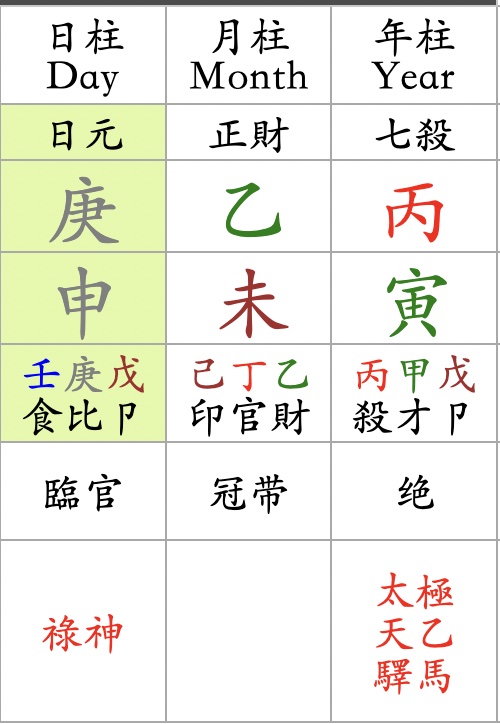
It just so happens that Saar also uses big metal in her sculptures.
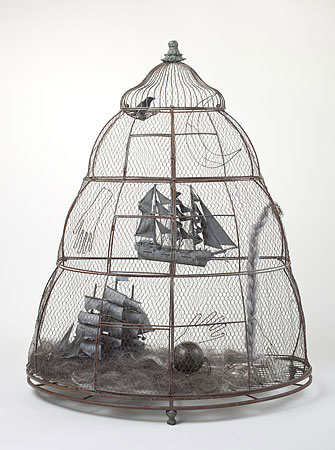
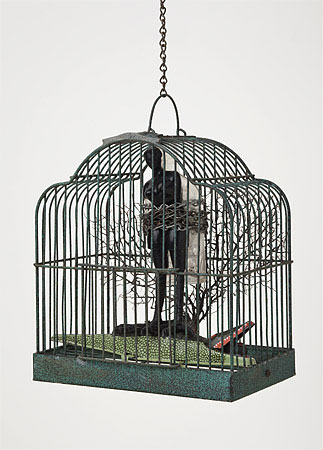
Yang metal is like a big ax. The motion that a big ax makes is cutting. Saar is known for her assemblage pieces and her early works involve her using Civil War era Americana to create her own compositions. Again, we see another yang metal day pillar person using artifacts of war in art. Assemblage is a bit like collage which we see Raad use again and again. Assemblage involves cutting objects out of their context and placing them in new relationships. Yang metal cuts, removes, and then replaces.
Now, I had some trouble finding an artist with a rooted yin metal day pillar. Gordon Matta Clark is a metal pig but pig is water and I wanted to find a sculptor with a metal chicken day pillar. Both Judith Butler and Dore Ashton are metal chicken day pillars (they both have that precise eye that metal birds have) but they’re not sculptors. George from artist duo Gilbert and George is a metal chicken day pillar but he’s part of a duo and I wanted a pure example.
Guess who I ended up finding? The answer was right there in front of me.
Yin metal is small metal. It’s thin metal. Metal is flexible when it is thin. It becomes bendable and shapeable. The name for yin metal is also the word for suffering, toil, or sorrow. Yin metal includes small blades, scissors, needles, razors, and wires.

Who is a sculptor who works with the themes of sorrow? Someone who is associated with very thin pieces of metal?
This is Alberto Giacometti’s chart.

And here is Giacometti with the thin metal people that he is best known for.
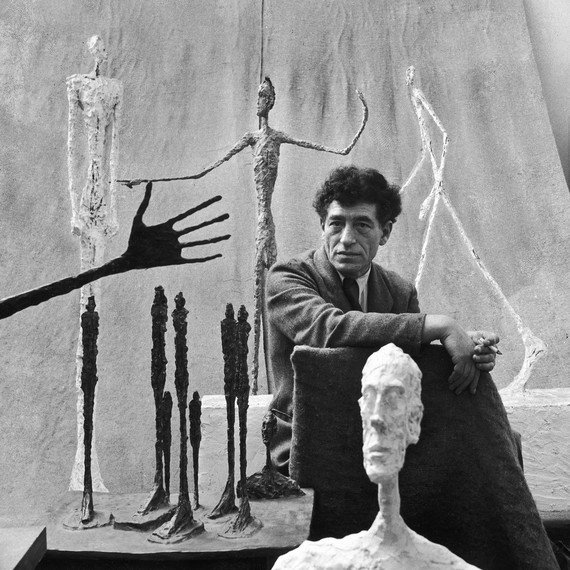
Giacometti was working around the time of World War II and the Cold War. His figures are lonely and gaunt. When you see them, you don’t see a fleshed out human body. You see a human form that has been broken down to its essentials by war. These are portraits of loss.
I found it really interesting that all of the rooted metal pillar artists I found were working with the theme of conflict. Saar works with racial conflict using relics that date to the American Civil War era. Raad works with memory erasure and documentation of ongoing war and trade. Giacometti creates a record of the wars that he lived through.
In poems about metal in Chinese cosmology, yang metal is said to hold a killing spirit. Xin metal is the name for sorrow. Metal is the discourse of loss and of grief. It can also be a powerful instrument of deconstruction. It literally breaks down narratives.
I do think that Gordon Matta Clark is an interesting person to add into all of this. Clark is a metal pig day pillar, meaning his day ruler is yin metal. For those who don’t know his work, Clark went around and just cut a bunch of holes into buildings and houses. He was working with post war manufactured housing and is most famous for cutting a house in half. Destruction but through one thin line. Cutting.
There’s something destructive about metal. Of all the metal day stem people I found, a lot of them have been making works about destruction and about war. Yin metal or xin actually has a dual meaning in Chinese. Xin also means to suffer. Geng contains a killing spirit. Metal, which rules the lungs, contains the emotion of grief in Chinese medicine. I think that all of the metal day stem artists deal with the subject of grief in some way. “I wish I could cry,” Walid names one of his pieces. Isn’t that the sensation of metal getting caught in one’s lungs?

